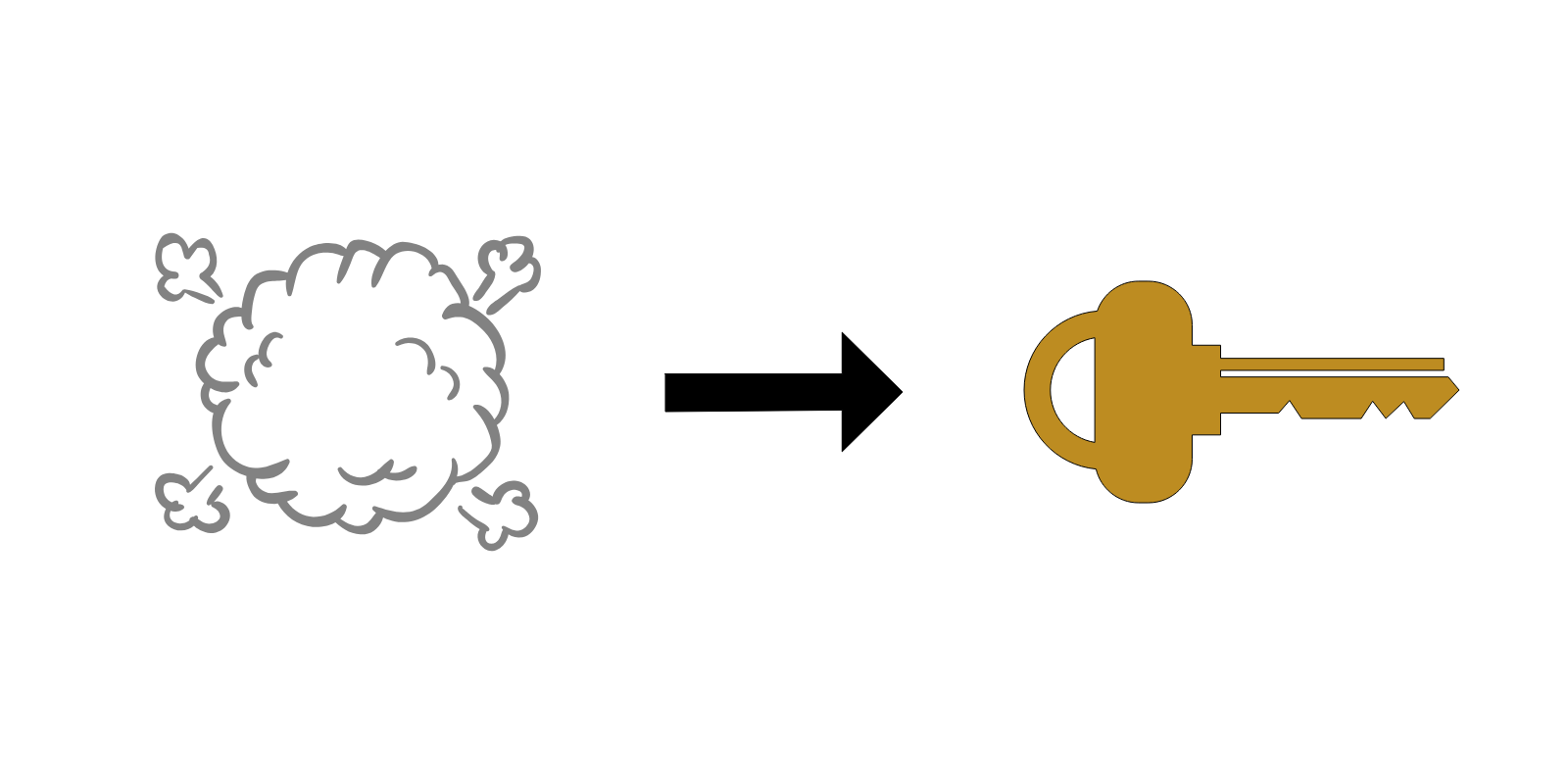Generate A Secret Key For A Key
The GenerateKey and GenerateIV methods return the private secret key and initialization vector. Generating Symmetric Private Key In C# and.NET. Major symmetric algorithms are AES, DES, RC2, Rijndael, and TripleDES. The GenerateKey and GenerateIV methods return the private secret key and initialization vector. // Generate a symmetric. Hi Everyone, I have a question - whether Okta administrator can generate secret key for Okta Verify for a normal user? The fact that the user cannot login with a desktop but has an urge to set up the app. To create a shared secret key: Log in to the CyberSource Business Center. In the left navigation panel, choose Key Management. Expand the Transaction Processing menu. From the drop-down menu, choose API Keys. Click GENERATE KEY. Choose API Cert / Secret, then click NEXT STEP. Choose Shared.
[ aws . iam ] /key-code-generator-simcity-4.html.
Description¶
Creates a new AWS secret access key and corresponding AWS access key ID for the specified user. The default status for new keys is Active .
Secret Key Generator
HMAC user-input keys that are longer than the specific hash algorithms blocksize are first shortened. (By running the long keys through the hash. And then using that hash as the actual key.) SHA256 outputs 256 bit hashes. That's 32 bytes. So I suggest you generate 256 bit HMAC secret keys. (Using a cryptographically secure random generator.).
If you do not specify a user name, IAM determines the user name implicitly based on the AWS access key ID signing the request. This operation works for access keys under the AWS account. Consequently, you can use this operation to manage AWS account root user credentials. This is true even if the AWS account has no associated users.
For information about limits on the number of keys you can create, see Limitations on IAM Entities in the IAM User Guide .
Warning
To ensure the security of your AWS account, the secret access key is accessible only during key and user creation. You must save the key (for example, in a text file) if you want to be able to access it again. If a secret key is lost, you can delete the access keys for the associated user and then create new keys.
See also: AWS API Documentation
See 'aws help' for descriptions of global parameters.
Synopsis¶
Options¶
--user-name (string)
The name of the IAM user that the new key will belong to.
This parameter allows (through its regex pattern ) a string of characters consisting of upper and lowercase alphanumeric characters with no spaces. You can also include any of the following characters: _+=,.@-
--cli-input-json (string)Performs service operation based on the JSON string provided. The JSON string follows the format provided by --generate-cli-skeleton. If other arguments are provided on the command line, the CLI values will override the JSON-provided values. It is not possible to pass arbitrary binary values using a JSON-provided value as the string will be taken literally.
--generate-cli-skeleton (string)Prints a JSON skeleton to standard output without sending an API request. If provided with no value or the value input, prints a sample input JSON that can be used as an argument for --cli-input-json. If provided with the value output, it validates the command inputs and returns a sample output JSON for that command.
See 'aws help' for descriptions of global parameters.
Examples¶
To create an access key for an IAM user
The following create-access-key command creates an access key (access key ID and secret access key) for the IAM user named Bob:
Output:
Store the secret access key in a secure location. If it is lost, it cannot be recovered, and you must create a new access key.
For more information, see Managing Access Keys for IAM Users in the Using IAM guide.
Output¶
AccessKey -> (structure)
A structure with details about the access key.
UserName -> (string)

AccessKeyId -> (string)
Status -> (string)
SecretAccessKey -> (string)
CreateDate -> (timestamp)
Secret Key Generator Online
- In the left navigation panel, choose .
- To download the shared secret key to a file,clickDOWNLOAD KEY.Make noteof the public key (key) that is generated. This value is requiredin the header of each REST API call.
- If you need another key, click .
- To see the newly generated key at the bottom of the Key list,click .
- The CyberSource SDK requires the key and the shared secretkey to use the HTTP signature as an authentication mechanism.
Generate Secret Key Keytool
- In the left navigation panel, choose .
- Select the key and click the icon to deactivatethe key.